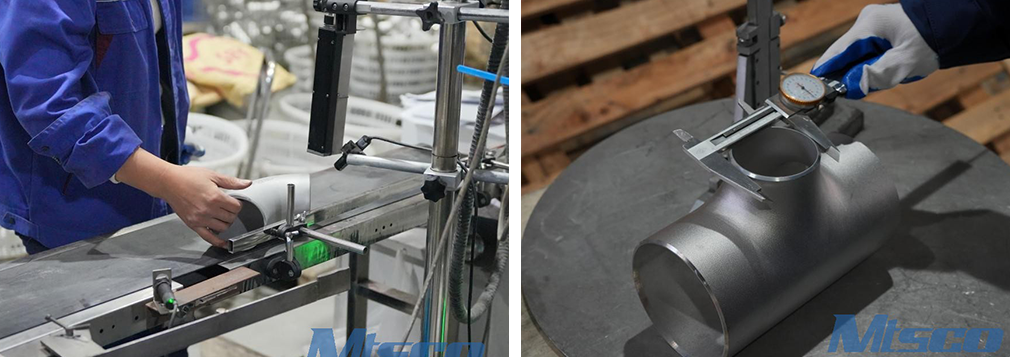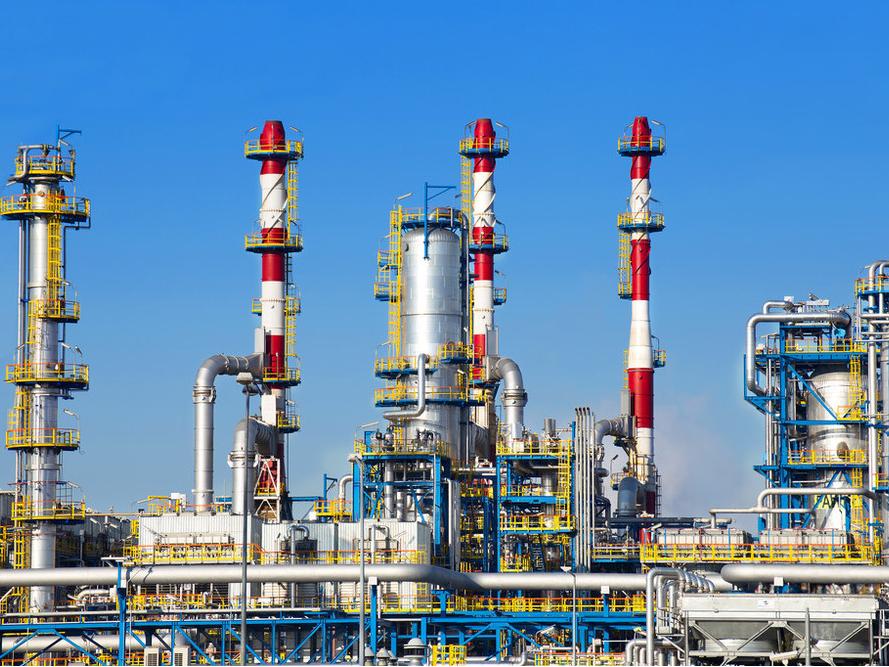In industrial applications such as oil, natural gas, and control pipelines, stainless steel pipe fittings are widely used due to their corrosion resistance and mechanical strength. But even high-quality stainless steel pipe fittings cannot be "permanently durable". Understanding the key factors that affect their life can help companies make more scientific selections and reduce the risk of failure.
1.Material selection affects durability
There are significant differences in corrosion resistance and high temperature performance between stainless steel materials (304, 304L, 316, 316L, 310S, etc.). High quality primary materials can significantly extend service life, but secondary materials are prone to premature failure due to compositional variations.
2.Forming process affects structural integrity
"Cold extrusion" and "bulging" are commonly used forming processes. Cold extrusion can improve dimensional accuracy and surface quality, and bulging can ensure the uniformity of wall thickness of complex structures. Improper process control will cause tensile stress concentration and reduce the fatigue life of pipe fittings.
3.Wall thickness determines connection reliability
Though thin-wall design is conducive to lightweight, too thin wall thickness is prone to failure during clamping and welding. Reasonable design of wall thickness and ensuring matching with pipe materials can effectively improve connection strength and overall durability.
4.Solution treatment improves corrosion resistance
High temperature solution treatment eliminates processing stress. It can also ensure long-term stable operation of products in oil control pipelines and complex industrial environments.
As a professional oil control pipeline manufacturer, MTSCO focuses on the research and development and production of various pipelines. MTSCO has provided reliable industrial pipeline solutions to many oil, gas and energy customers around the world, helping customers build safer, more efficient and longer-life pipeline systems. 

